Homeowner Stormwater Practices
Homeowner Stormwater Practices
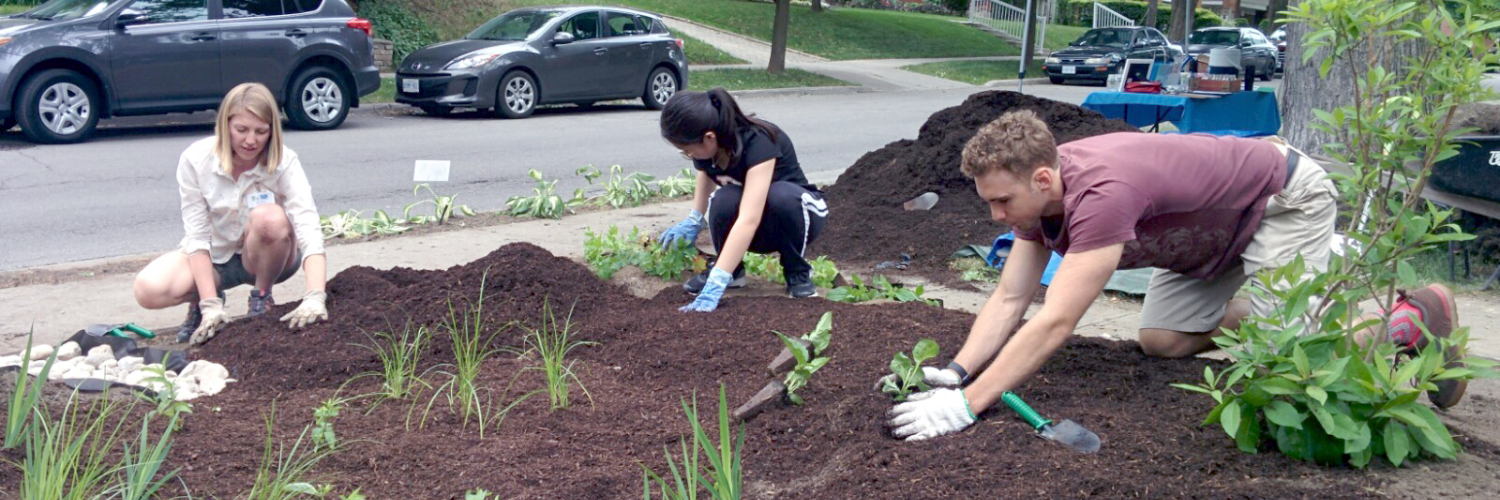
Backyard Challenge
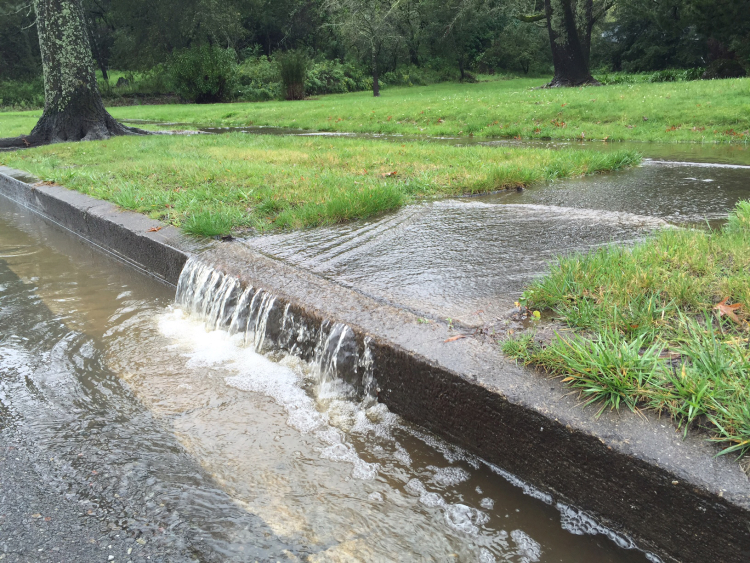
Credit: Craig Miller, Courtesy of KQED Public Media
Next time it rains, watch where it goes. Rain that falls on a roof, driveway, patio or compacted lawn may be directed into your street's storm drains. Before it slips underground, the runoff may pick up fertilizer, pesticides, sediment, motor oil, litter, and pet or yard waste and ultimately deliver these pollutants to a local stream or river.
In addition, larger volumes of stormwater also impact our waterways as more land is developed, causing severe streambank erosion and aggravating local flooding.
The good news is that small, homeowner practices can reduce these impacts. These practices:
- reduce impervious surfaces so that the rain soaks into the ground;
- intercept and treat runoff from hard surfaces; and
- create beautiful, natural settings and healthy habitat for native plants and animals.
Tips for Managing Rainwater Runoff
Transform Turf to Meadows
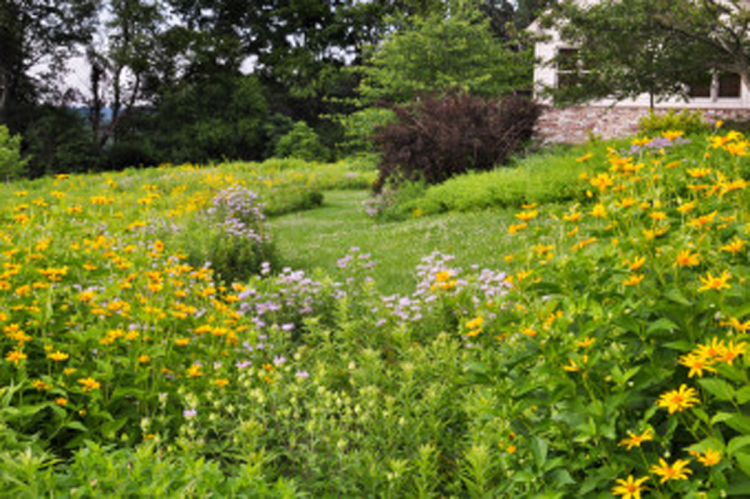
Credit: Gary Campbell
Converting lawn to a natural meadow means less mowing and fewer inputs of fertilizer and pesticides. It takes a few years for the native wildflowers to mature, but the birds and pollinators will benefit, and you will save time and money.
Create a Mini-Wetland
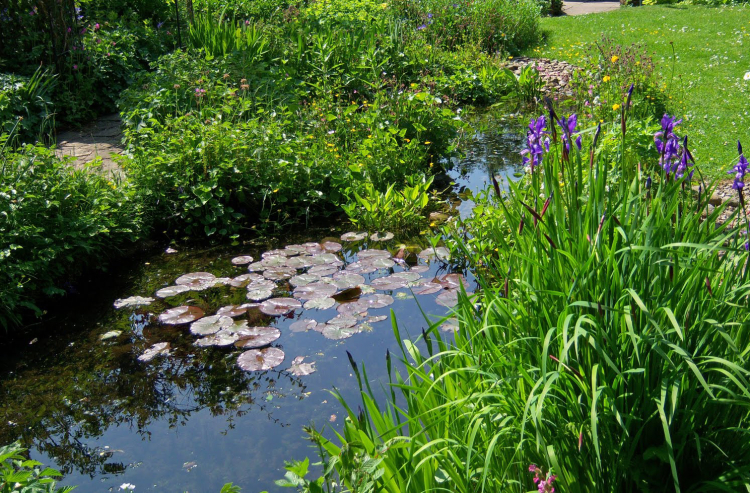
If you have a naturally occurring wet spot in your yard, or a low swale or drainageway with heavy clay soils, you easily can turn it into a mini-wetland. A wetland will store, filter, and clean runoff water from your roof and lawn. It will provide habitat for many interesting creatures—from butterflies and bees to salamanders, toads, frogs, and birds.
Create No-Mow Zone Near Water
If you live next to a stream, you can protect its water quality by simply not mowing up to the water's edge. Consider planting a buffer of native wildflowers, shrubs and trees.
Disconnect and Capture the Rain
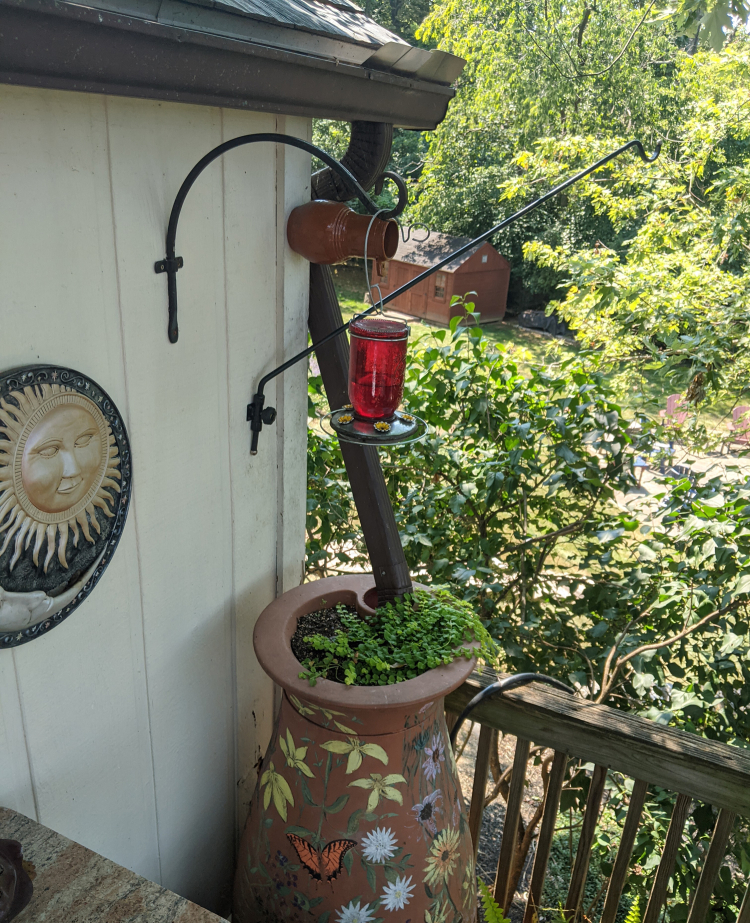
Disconnecting downspouts from the storm drain system and redirecting them to the lawn, a garden, or a rain barrel can reduce the volume of runoff that reaches a stream and keeps pollutants out of our waterways.
Improve Soil Health
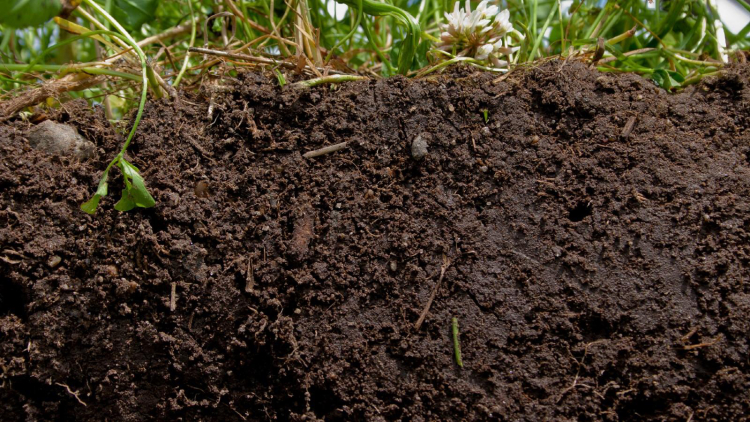
Overly compacted soil prevents vegetation from establishing deep roots and prevents rainwater from soaking in, instead creating runoff to local streams. For new construction, ask your builder not to compact the soil. If compacted, soil can be improved by using a core aerator or adding compost to the soil.
Backyard Impacts
SRBC encourages every homeowner to practice green stormwater practices. Green stormwater techniques such as rain gardens, redirected downspouts, and streamside buffers help restore the natural movement of water.
Such techniques work to slow, capture, and absorb rainfall. This reduces the volume of runoff entering drainage systems and, ultimately, local streams and rivers. Less runoff means fewer pollutants entering waterways and greater recharge of groundwater supplies.

How-to Resources
See these links that tell you how to practice stormwater stewardship around your home.